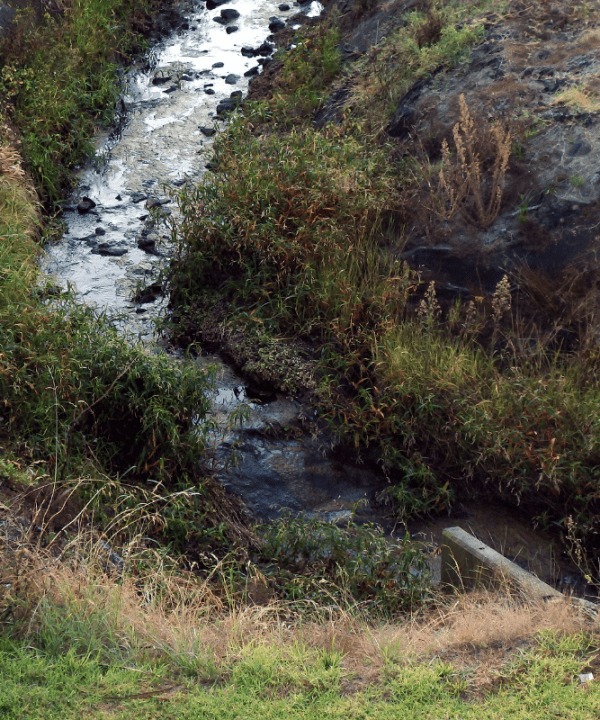
PROJECT DETAILS
- Project No 2025
- Project Name The fate of engineered nanoparticles in wastewater: Literature Review
- Lead Organisation National Measurement Institute
- Research Lead University of Queensland
- Main Researcher Peta Neale
- Completion Year 2012
Project Description
A human hair is about 0.1mm wide, or 100 000 nanometres (nm); far too wide to qualify as a nanomaterial, which consists of particles, tubes and structures ranging from 1 to 100nm in size. The use of nanomaterials in diverse applications is increasing and they are included in cosmetics, sunscreen, textiles, food additives, paints and pharmaceuticals, to name a few. There are concerns that nanomaterials might become hazardous pollutants in the environment, and that the water industry and regulators might require changes to wastewater treatment to manage this risk in future. This project reviewed published literature to conclude that a subset of nanomaterials such as those from sunscreens and pharmaceuticals end up in wastewater treatment plants (WWTP) and once there are more likely to end up in sludge and biosolids than being discharged to the aquatic environment. Waste sludge is sometimes used to fertilise crops but the levels of nanomaterials in WWTP biosolids are too low to be toxic to soil organisms. It was also concluded that existing methods lack the sensitivity needed to detect the low levels of nanomaterials that concentrate in WWTP sludge, and that there is a need to improve detection methods.





